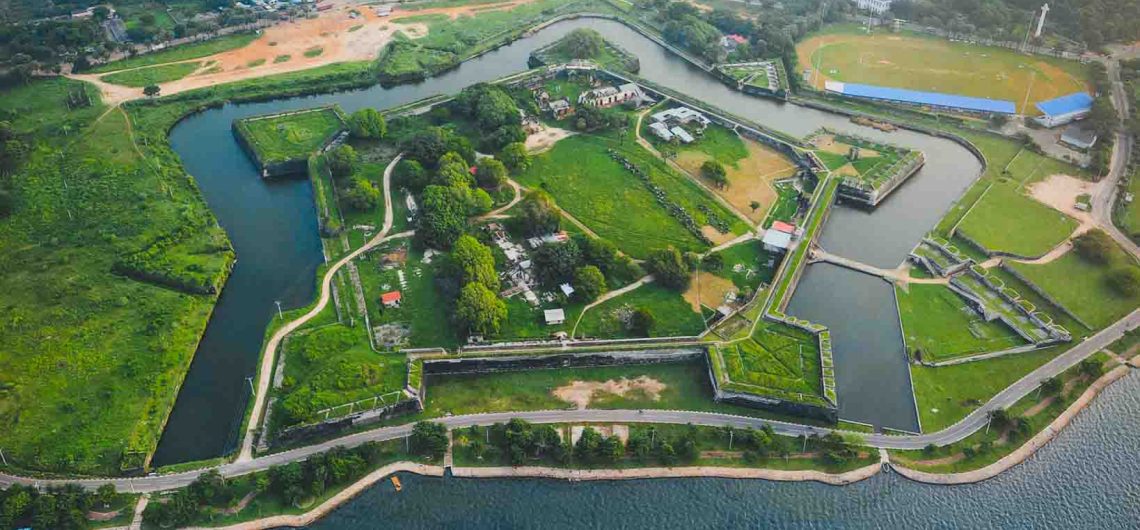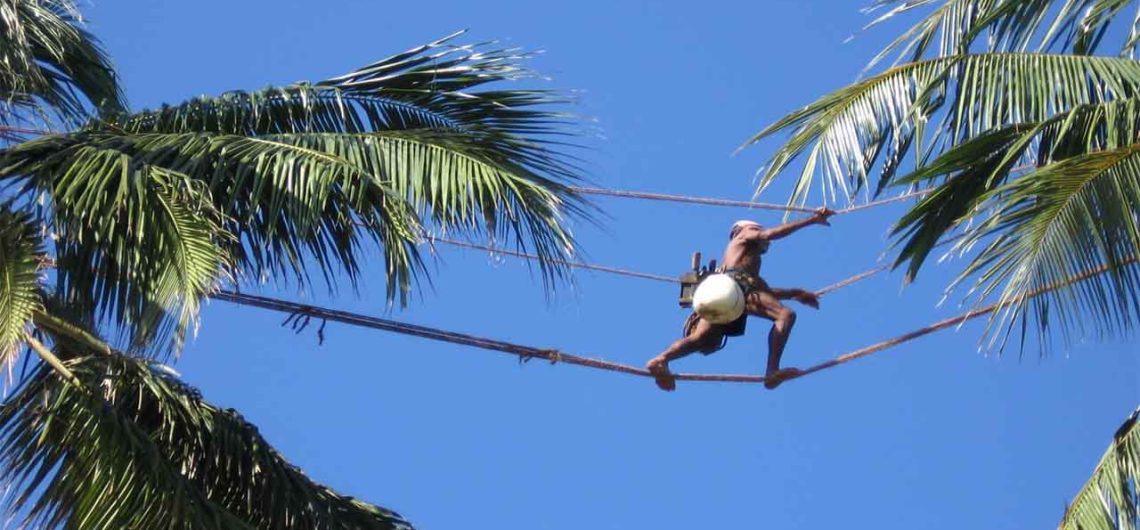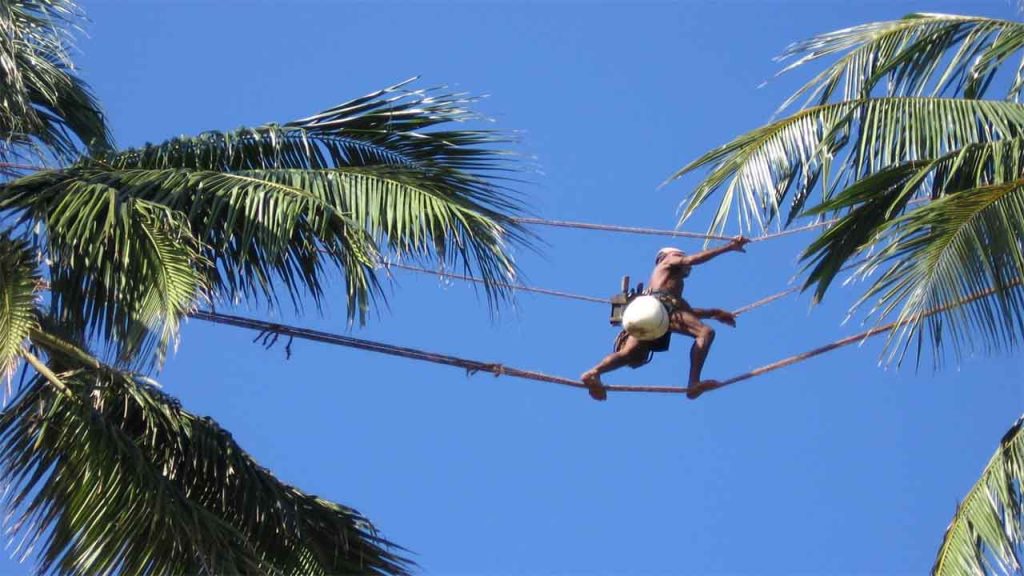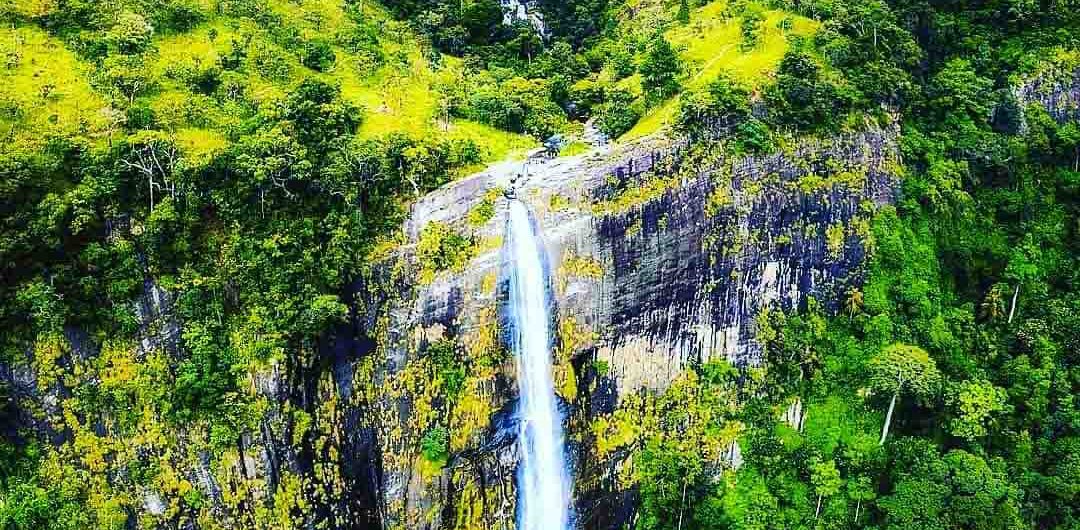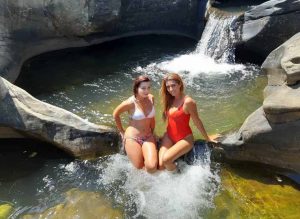Jaffna Fort is a famous colonial-era building in Sri Lanka. It is situated near the coastal village called ‘Gurunagar in Jaffna. The building has more than 400 years of history, making it one of the best places you must visit during your trip to Northern Sri Lanka.
Location
As we mentioned earlier, the Jaffna Fort is situated near Gurunagar village. The distance to the spot from Jaffna Bus Stand is 1.5km and from Jaffna Railway Station is 2km. Here is the Google Maps location of the destination:
History of Jaffna Fort
Jaffna Fort was initially built by Portugues under the Phillipe de Oliveira during the period of 1618–1625. The Portuguese captured the Jaffna at those times and ruled the entire lowland area of the island. Later, the Dutch captured the Jaffna fort from the Portuguese in 1658, which was led by Rijcklof Van Goens. Initially, the Portuguese building of the fort was not huge, and then the Dutch expanded it further.
The British captured the fort from the Dutch in 1795 and then remained under their control until they gave independence to Sri Lanka in 1948. During the Sri Lankan civil war from 1985 to 1995, there were a few battles. The Sri Lankan Army captured the Jaffna in 1995 from the LTTE rebels, then took control from now on. However, the war brought some serious damage to this fort.
More details about Jaffna Fort
When you are going inside the fort, you can see some buildings, including the Governor’s Residence, Queen’s House, Kruys Church, Garrison Parade Ground, Police Quarters, Hangman’s Tower, the Rampart, and the Moat. You can walk along the walls of the fort. By adding defensive triangles, the walls of the fort were constructed with a combination of mortar, bricks, soils, stones, and corals. As a whole, the fort covers more than 25 hectares of land.
Jaffna Fort is one of the best-preserved colonial ramparts in Sri Lanka. It is also considered the second-largest Dutch fort in the country, after the famous Galle Fort. However, it is massive. You can see a lot of trees inside the fort, which include benches under them. So, visitors sit down there and enjoy the surroundings leisurely. The breeze is cool, which always removes the surrounding hot weather.
The views from the bastions and rampart are so amazing. If you can visit at sunset, then you can capture some marvelous pictures. You can also easily identify the Jaffna lagoon and public library from here.
Opening Days, Times, and Tickets
You need to buy a ticket to enter the Jaffna Fort. It is 50 rupees for local adults and 4 USD for tourists. The premises are open daily from 7.30 a.m. to 5.30 p.m. Most believe April to June is the perfect time to visit this lovely place.
There is a small museum and a small gift shop also available inside the fort.
So, finally, we request that you don’t miss this historical place during your trip to Jaffna.
.
.
(Cover Image Credit: Thilina Kaluthotage Photography )

